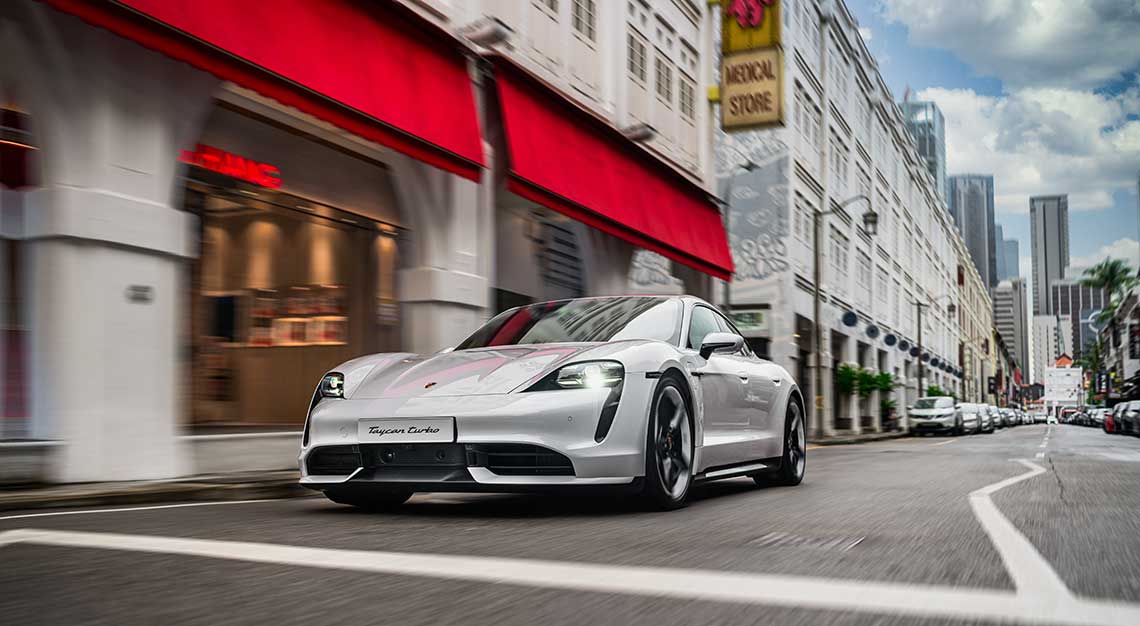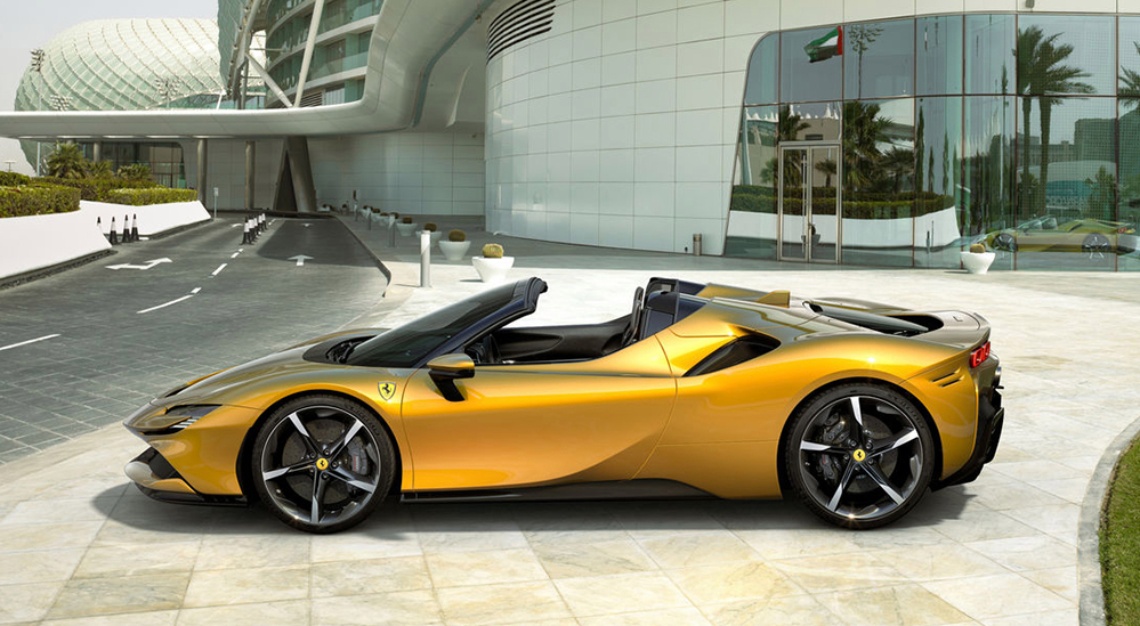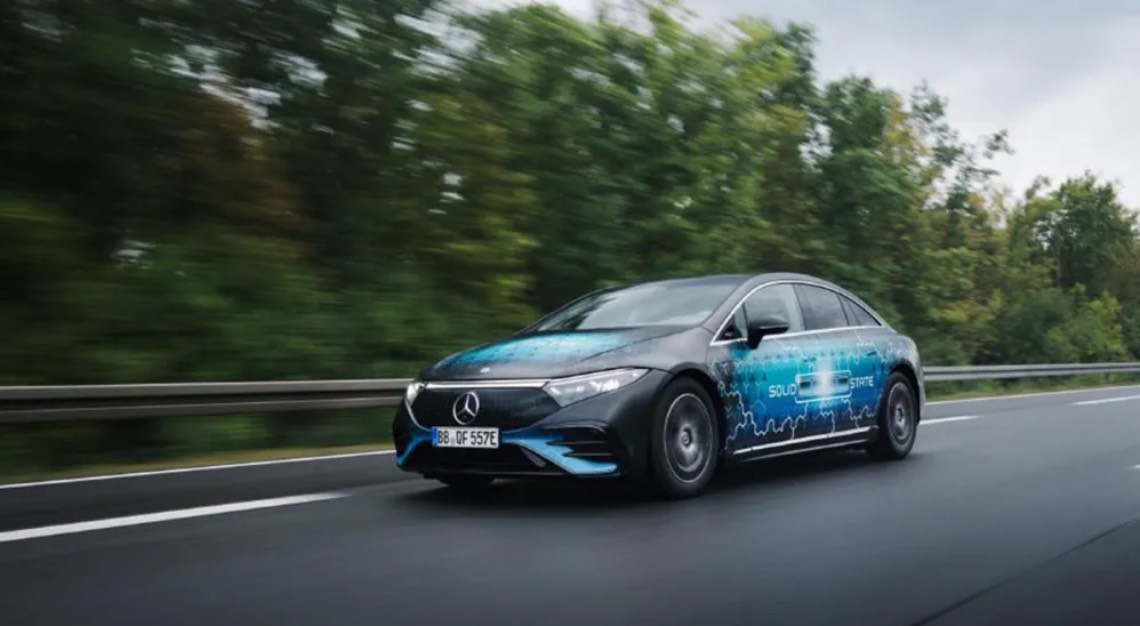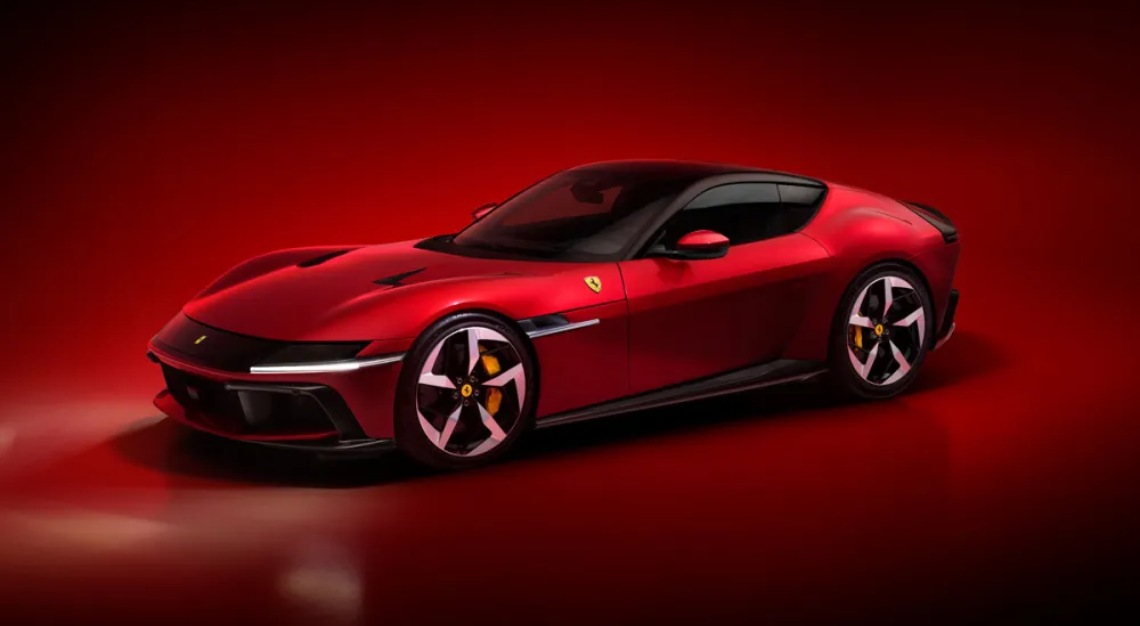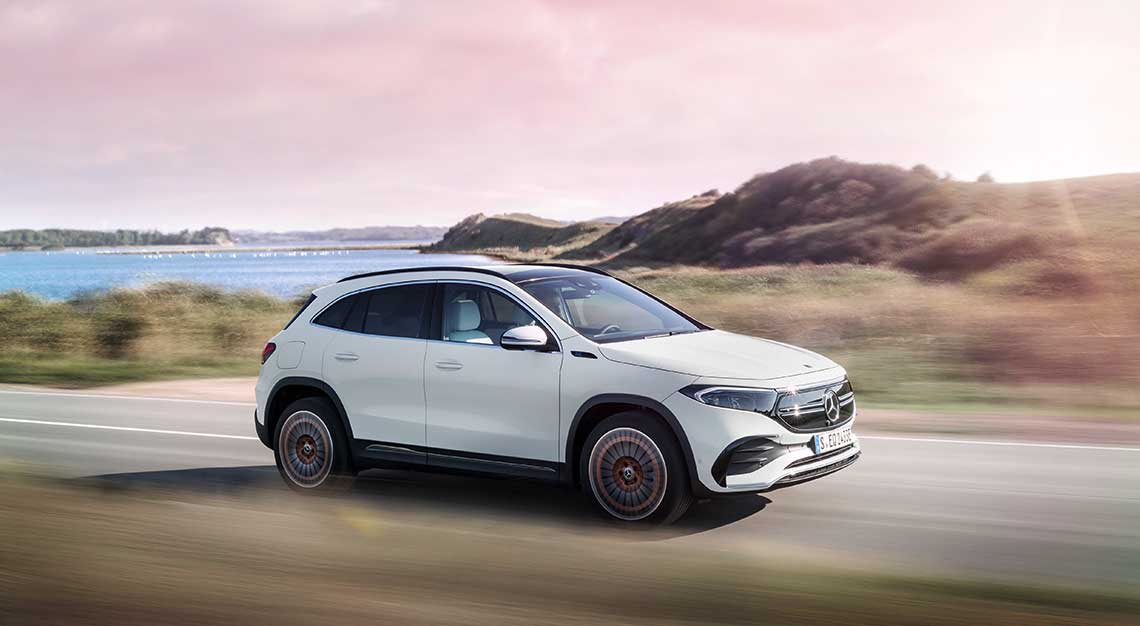The production Charger Daytona will look similar to the concept Dodge unveiled in 2022—wide and powerful, just as you’d expect a Charger to be, but with a smoother line
On Tuesday, Dodge unveiled the production version of the eagerly anticipated Charger Daytona. And it sounds as if the first battery-powered iteration of the automaker’s famed nameplate will be able to deliver the kind of performance that both enthusiasts and EV drivers demand.
The big story here, of course, is the dual-motor powertrain. The electric Charger Daytona will be built on a modular STLA Large platform and will be available in two trims at launch. The first, which uses the familiar R/T name, will produce 496 hp and 548 Nm of torque. The second, which will be called the Scat Pack, will pump out 670 horses and 850 Nm of twist. Both versions will have all-wheel drive and feature a boost feature called Powershot that delivers an extra 40 hp for 15 seconds when triggered. Both versions are capable of moving pretty quickly, too. The R/T can launch from zero to 100 km/hr in just 4.7 seconds, while the Scatpack can do the same in 3.3 seconds. Top speed leaves something to be desired, though. The R/T tops out at 220.5 km/hr and the Scat Pack at 215.5 km/hr. Hopefully, the high-performance Banshee variant expected to debut next year will be even faster.

Because it’s an EV, output is far from the Charger Daytona’s only important performance metric. Dodge estimates the vehicle’s 100.5-kWh battery will deliver a range of 510 km for the R/T and 418 km for the Scat Pack. The latter’s range falls well short of the crucial 483-km barrier that American drivers have shown they expect from an EV, but we find it hard to imagine anyone buying a 670-hp beast like the Charger Daytona Scat Pack cares that much about efficiency. Both versions of the Charger Daytona come with an 11.0-KW onboard charger that can take the battery from 20- to 80-per cent capacity in 28 minutes when connected to a 350-kW DC fast charger.
The Charger, along with the Ford Mustang and Chevrolet Camaro, is one of the models that leaps to mind when people think of muscle cars. It’s not hard to imagine there are purists out there who will be appalled by the shift to an electric powertrain, even if we’ve all known this was coming for a few years now. Dodge seems to have accounted for this, which is why it still plans to release gas-powered Chargers going forward. Details are still scarce, but Tuesday’s announcement also made reference to two traditional variants, the 550-hp Sixpack H.O and 420-hp Sixpack S.O., which both have a twin-turbocharged inline-six Hurrican engine under the hood.

Regardless of whether you opt for the electric or traditional powertrain, expect the Charger Daytona to be loud. The battery-powered version will come with synthetic “Fratzonic Chambered Exhaust,” which Dodge claims provides real-time feedback that mimics the sound and volume of the outgoing Hellcat Charger.
The production Charger Daytona looks almost identical to the concept Dodge unveiled in 2022. That means the next generation of the nameplate will look awfully similar to the outgoing version, only sleeker. It’s wide and powerful, just as you’d expect a Charger to be, but has a smoother line. There are a couple of surprises on closer inspection, though, including a full-length glass roof and a large rear hatch. Another surprise, and one that wasn’t hinted at by the concept, is that the Charger Daytona will be available with either a two- or four-door body.

The interior looks much the same, too. That means it’s close to what we’ve seen in recent Chargers, only with more technology and gadgets. Up front, you’ll find two free-standing displays, one of which is a 10.3- or 16-inch gauge cluster and a 12.3-inch touchscreen infotainment system. Other features that caught our eye were the squared-off steering wheel and “pistol-grip” shifter positioned on the center console.
We shouldn’t have to wait much longer to see the new Charger Daytona in the real world. Dodge said it hopes to start building both the R/T and Scat Pack EVs this summer, with the gas-powered Sixpack variants going into production early next year. Expect more details, including how much the car will cost, as we get closer to those dates.
This story was first published on Robb Report USA

